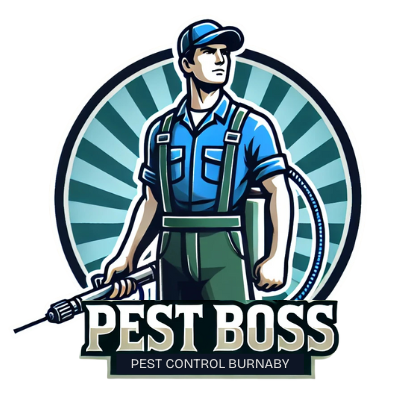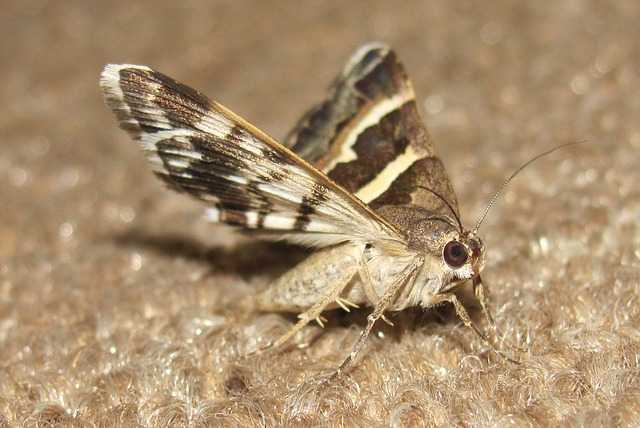Here’s an all too common varmint that may literally take the clothes off of our backs! Yes, the clothes moth is a highly destructive varmint, and if just one gets into your house and it’s a female about to lay eggs, you’re in for a world of hurt.
Despite its name, the adult clothes moth is not actually the one that eats clothes. No, the form of clothes moth that actually does eat them is the larva. A female clothes moth will lay up to 5,000 eggs in its lifetime before dying immediately (we don’t envy her lifestyle one bit). After these eggs hatch, that is when the most serious damage can occur to your wardrobe, because the appetite of the larva is massive compared to that of its adult form! Clothes moth larvae are the culprits behind holes and extreme damage done to any natural fiber, and they’ve been known to eat wool, silk, cotton, linen, fur, cashmere, feathers, hair, lint, brush bristles, carpet, and even pet hair.
It is usually dirty or moist laundry that attracts a clothes moth in the first place. Sweat from our bodies contains the salts and minerals a larva needs in order to survive.
Clothes moths can be easily identified as the types of butterflies you find indoors but aren’t nearly as pretty (although in some cases that’s really not quite true!). Clothes moths in particular are usually brown to gray in colouring, with the usual proboscis and antennae. Their larva bear a similar shape and size to rice grains.
Once a clothes moth infestation has settled in, there’s a lot of work to be done to exterminate the infestation given their hardiness and resistance to heat and cold. Solutions such as cedar oil will only work in the short term given that you must re-apply it to your home, and this only proves more expensive to you as time goes on. The only way to really get your moth situation under control and to get them out fully is by calling your local Pest Boss for proper clothes moth extermination. We’ll get you, varmints!


